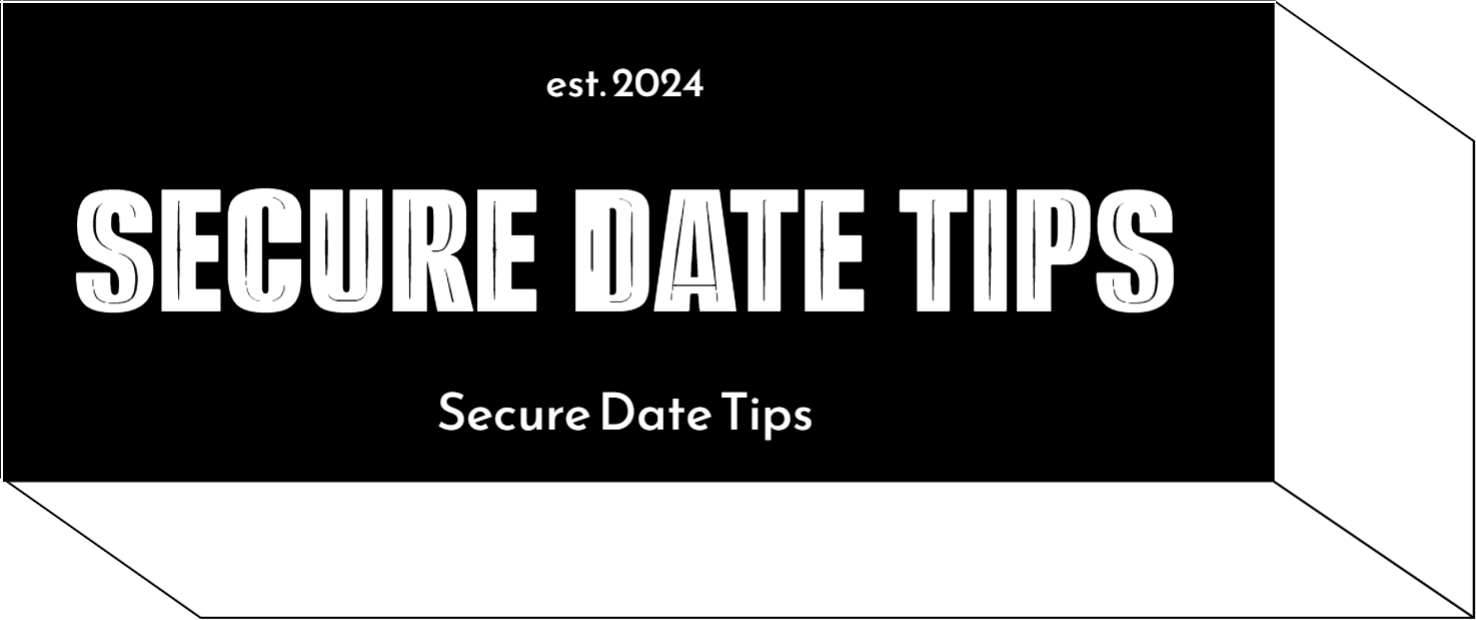In the early stages of a new relationship, everything can seem enchanting—shared laughter, whispered secrets, and the thrill of discovering a kindred spirit. Yet, beneath the surface of budding romance, there may lurk subtle undercurrents that can pull one into the depths of coercive control. Recognizing these signs isn’t always straightforward; they often masquerade as care or concern, weaving a complex tapestry that blurs the lines between affection and manipulation. In this article, we unravel the intricate threads of coercive control, offering you the tools to discern genuine love from its shadowy counterpart. Join us as we explore how to safeguard your emotional well-being while nurturing a healthy, balanced connection.
Spotting Subtle Manipulations Early On
In the early stages of a relationship, subtle manipulations can be challenging to detect. These can often be disguised as affectionate gestures or concern. Pay attention to unwarranted criticism or comments that make you question your choices and decisions. An overemphasis on dependency can also be a red flag, where the other person might insist that you rely solely on them for emotional support or validation.
Watch for inconsistencies in their stories or behaviors that don’t align with their words. This can manifest as telling you one thing but doing another, creating confusion and self-doubt. Be wary of isolation tactics, such as discouraging you from spending time with friends and family or subtly undermining your support network. Trust your instincts and recognize these signs early to maintain a healthy relationship dynamic.

Understanding Emotional and Psychological Red Flags
In the early stages of a relationship, subtle signs of coercive control can often be mistaken for intense passion or care. However, understanding these emotional and psychological red flags is crucial. One key indicator is the gradual erosion of your independence. If your partner starts dictating who you can see, what you can wear, or how you should spend your time, it’s a sign of control rather than affection.
- Isolation Tactics: Encouraging you to distance yourself from friends and family.
- Gaslighting: Making you question your own reality or feelings.
- Jealousy Disguised as Love: Excessive monitoring of your activities and communications.
- Emotional Manipulation: Using guilt or silent treatment to influence your decisions.
Recognizing these patterns early on can help you navigate the relationship dynamics more effectively, ensuring your emotional and psychological well-being is safeguarded.

Identifying Isolation Tactics and Their Impact
Isolation tactics can be subtle yet powerful tools of coercive control. These tactics often manifest as a partner attempting to cut off your connections to friends, family, or support networks. It’s crucial to recognize the signs early on to safeguard your independence and well-being.
- Monitoring Communications: Your partner may insist on knowing who you’re talking to or demand access to your phone and social media accounts.
- Discouraging Social Interactions: They might make you feel guilty for spending time with others or create conflicts that prevent you from attending social events.
- Controlling Movements: Keep an eye out for behaviors where they insist on knowing your whereabouts at all times or become upset when you make plans without them.
These actions can lead to a sense of isolation, making it harder for you to seek help or advice from others. Recognizing these patterns early can help you maintain a healthy balance in your relationships.

Empowering Yourself with Boundaries and Support
In the journey of understanding coercive control, establishing boundaries becomes a powerful act of self-empowerment. Boundaries are your personal limits that help you maintain a sense of identity and autonomy. They allow you to communicate what you are comfortable with and what you are not. Here’s how you can empower yourself:
- Identify Your Limits: Take time to reflect on what feels right and what doesn’t. Your feelings are valid indicators of your boundaries.
- Communicate Clearly: Be honest and direct about your needs and limits. This not only sets expectations but also encourages open dialogue.
- Be Consistent: Consistency reinforces your boundaries, making it clear that they are not negotiable.
Equally important is building a network of support that can provide guidance and reassurance. Having a support system can help you recognize coercive patterns and give you the strength to address them. Consider these steps:
- Reach Out to Trusted Friends or Family: Share your experiences and feelings with those you trust. They can offer perspective and advice.
- Join Support Groups: Connecting with others who have similar experiences can be incredibly validating and empowering.
- Seek Professional Help: Therapists or counselors can provide tools and strategies to help you navigate challenging situations.



